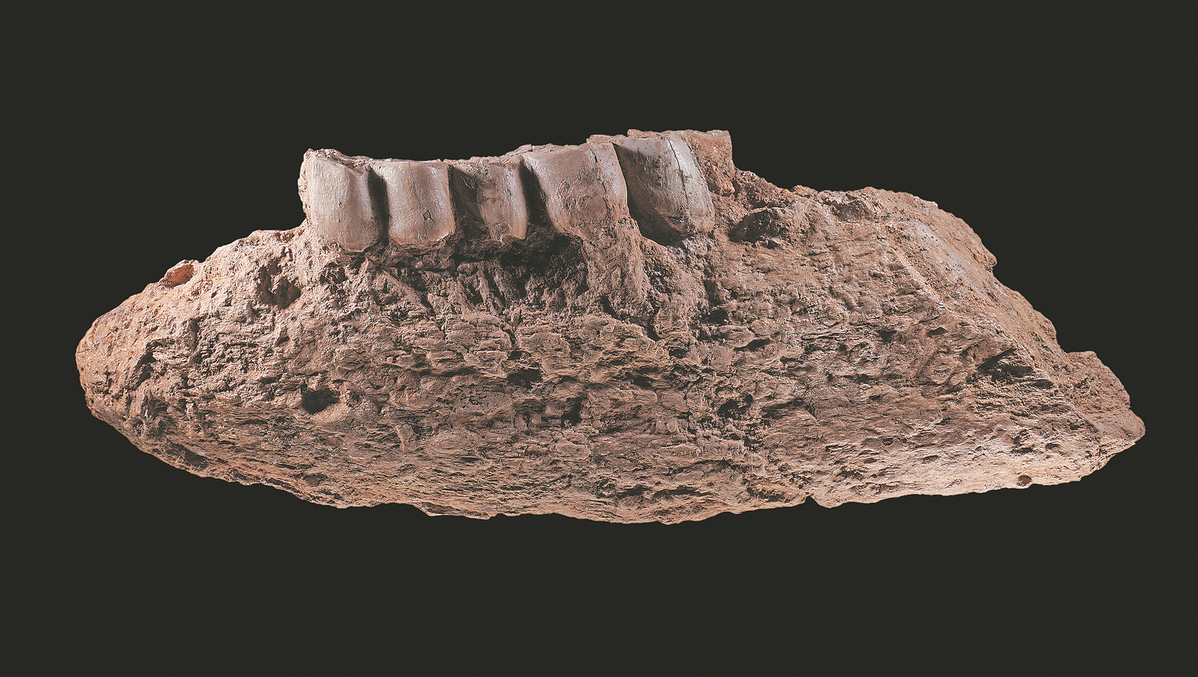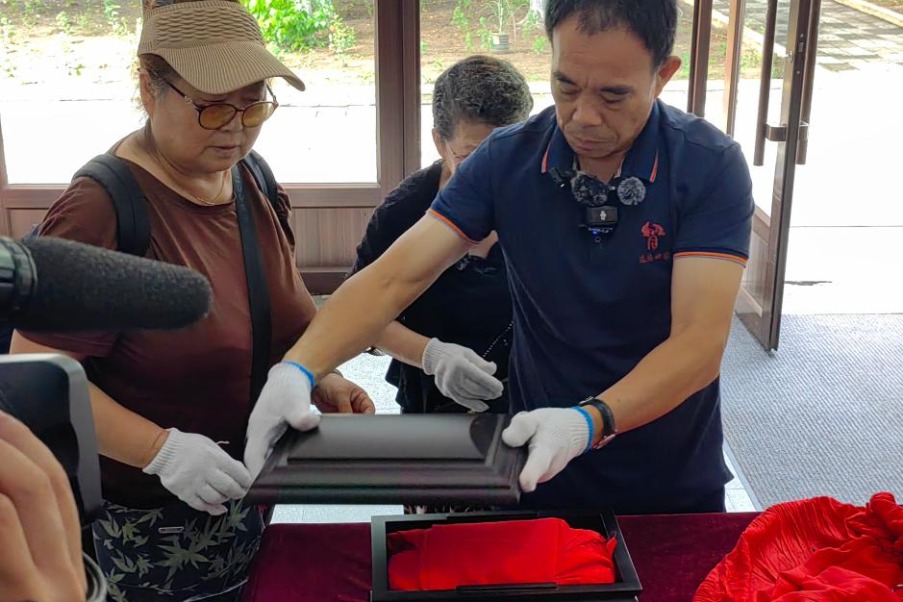Paleolithic site sheds light on human origins


The discovery of the Paleolithic Mengxihe site in Ziyang, Sichuan province, was declared as one of the six most important archaeological finds in China last year at an archaeology forum organized by the Chinese Academy of Social Sciences on Tuesday.
The Mengxihe site dates back 50,000 to 70,000 years, and has yielded abundant stone, bone and wooden tools, fossils of more than 30 types of animals including bear, fish and bird, a wide range of plant remains and traces of human activities like carvings, cuttings and use of fire.
It is one of the richest Paleolithic sites in terms of material remains and elements related to human activities, said Zheng Zhexuan, director of the Paleolithic Archaeology Institute at the Sichuan Provincial Institute of Cultural Relics and Archaeology.
The site was discovered in 2021 when the embankment near it got flooded, washing out animal fossils and ebony remains. An archaeological rescue effort was then carried out by the Sichuan Provincial Institute of Cultural Relics and Archaeology and the Chinese Academy of Sciences' Institute of Vertebrate Paleontology and Paleoanthropology and from 2022 to 2023.
- Carrier's milestone moment: Electromagnetic launches
- Trial of 21-member cross-border crime group ends in Shenzhen
- Shanghai Jiao Tong Uni fosters collaborative research through China-Oceania forum
- Global scientists gather at 2025 Pujiang Innovation Forum in Shanghai
- UNESCO inaugurates STEM education institute in Shanghai
- China, US should avoid conflict, defense chief says





































